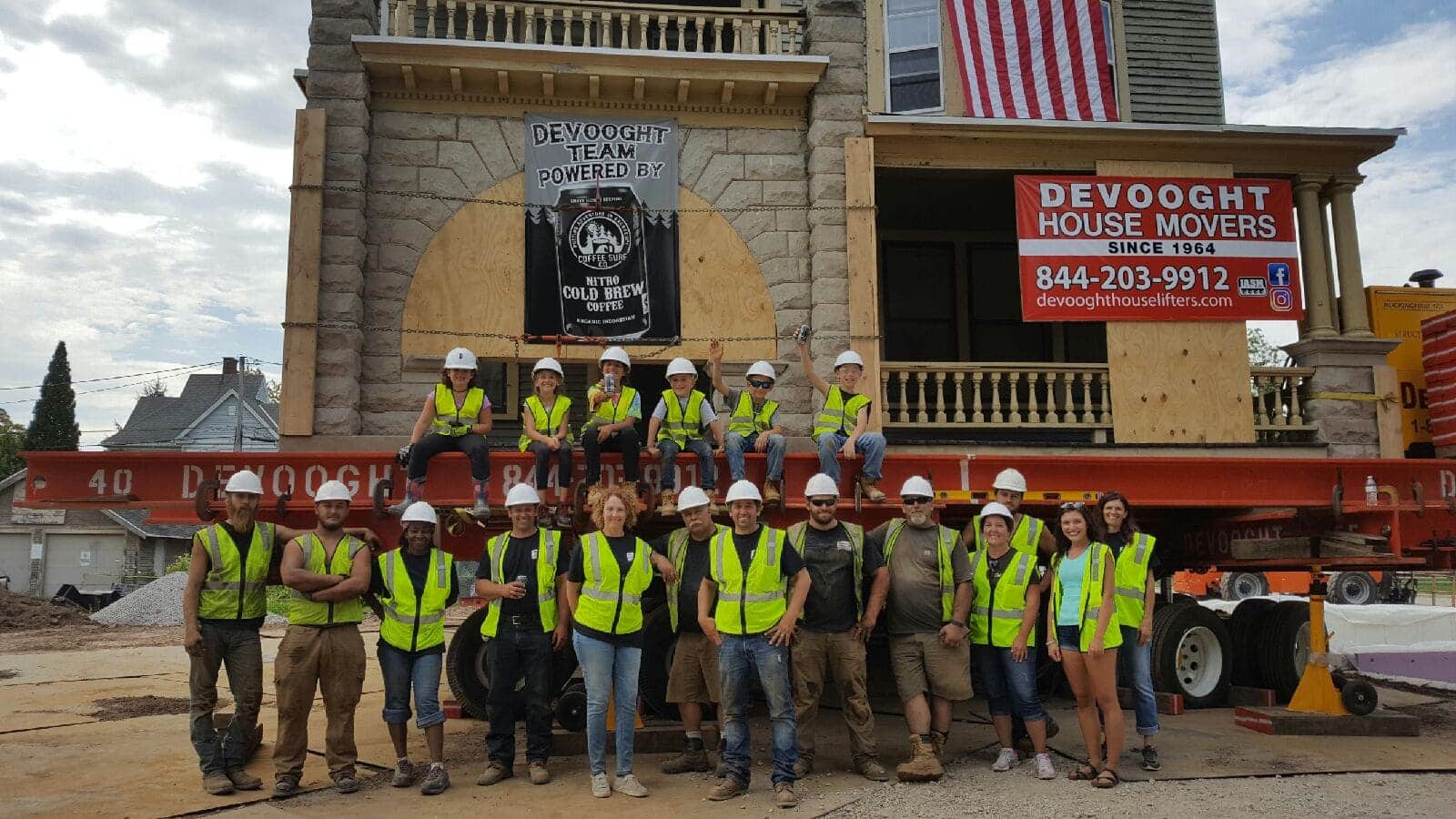Relocating a historic building takes planning and expertise. Preserve your home’s historic classification and structural integrity by moving it to a new property.
What Makes a Building Historic?
Age alone doesn’t earn historic status for a home or building. To qualify for the National Register of Historic Places, a home or building must be at least 50 years old and look much the way it did when it was built, but it must also meet at least one of the following qualifications:
- Significant relevance to important historical events, activities, or developments
- Connection with important historical figures
- Contributes to significant architectural or landscape history or engineering achievements
- Has the potential to give us information about our past through architectural investigation
To list your property on the national register, you need to contact your State Historic Preservation Officer. They guide you through the process of adding your building or home to the register, ensuring you meet the qualifications and complete all necessary paperwork.
Maintaining historic classifications is crucial to knowing our past, present, and future. Historic properties carry with them the history that reminds us who we were and shows us who we can be. A link from the past to the present, historic structures inform and inspire –– priceless qualities.
Historic buildings are national treasures. And the historic qualification is the universal marker of their significance. But let’s say you are considering relocating one of these historic structures. Will moving a historic building or house change its classification? Keep reading to learn.
How Can a Historic Building Lose Its Classification?
Preserving historic buildings and houses keeps history alive. Earning the historic classification with the National Register of Historic Places is an honor, one that takes time and effort on the part of the property owner. The classification preserves the dignity and history of the location for generations.
That is, unless, the building loses its historic classification. Just because the NRHP has granted a structure historic status, that doesn’t mean the building keeps it forever. There are many ways a building can lose its historic classification.
As noted above, historic classification rides on age as well as historical significance. Any alteration to a building that diminishes or destroys the historicity of a building can put its historic classification in jeopardy. For example, gutting a historic home and making renovations while keeping only the frame destroys any architectural history of the structure.
Each state has its own guidelines for maintaining a building’s historic status. Contact your State Historic Preservation Officer for clarification before you make any significant changes to your building or home.
Can I Relocate My Historic Building or Home?
Relocating a historic structure alone is not enough to alter its classification. In fact, the National Parks Service notes that in many cases, moving a historic building is the only option to maintain its structural integrity and historic significance.
Typically, a building’s location is just as important to its historic classification as the structure itself. When selecting a new location for your historic home or building, you need to choose a new site that’s appropriate for the building.
For example, a historic farmhouse needs to remain in a rural setting for a truly successful relocation project. Transferring a structure like this to an urban location would diminish the historical significance of the building because it wouldn’t be a natural location at the time of its construction. Meet with your SHPO to determine how a location change could impact the classification of your building.
How Do I Move My Historic Home?
Once you have chosen a satisfactory location for your historic building, you want to choose a moving contractor who will handle the structure with care. DeVooght House Lifters has been lifting and relocating buildings, homes, barns, and everything in between for more than 40 years.
The DeVooght team has the experience and equipment necessary to relocate your historic building while preserving its structural integrity. Any time you move a building, you want a professional, proven team on your side. This is doubly true when moving a historic structure. If something goes awry in the move, it’s financially and historically costly.
But when you choose to work with DeVooght House Lifters, you can trust that your home is in good hands. We treat each move with extreme attention to detail, handling your historic properties with the greatest care and professionalism. Repairing damage to a historic home takes meticulous work and is typically expensive. That’s why we take every precaution to move your home safely and successfully.
Conclusion
Moving your historic home to a new location can be easy when you choose the right contractor. Maintaining your home or building’s historic classification is not only possible when you relocate it, but the relocation often supports a structure’s historical significance. Contact DeVooght House Lifters today to discuss relocation options for your historic b

